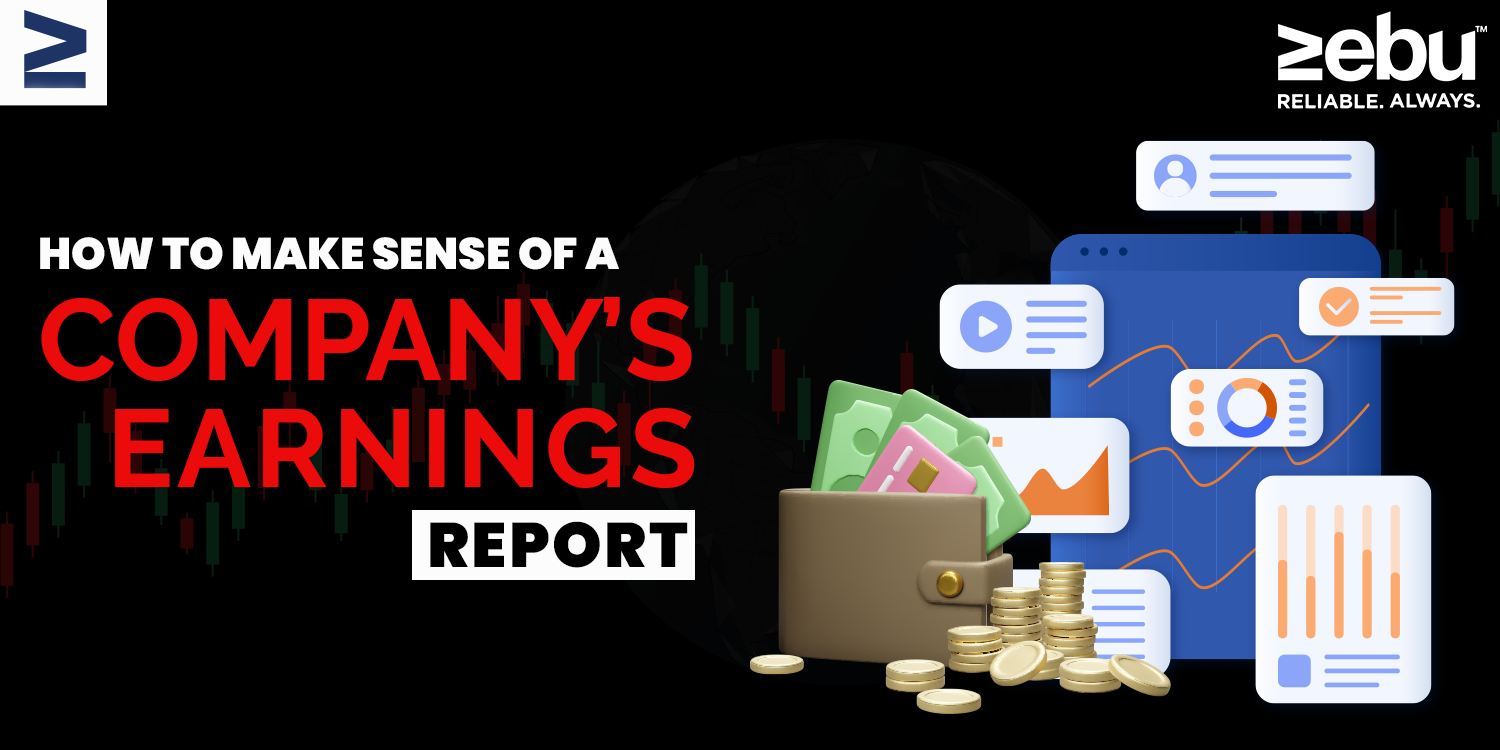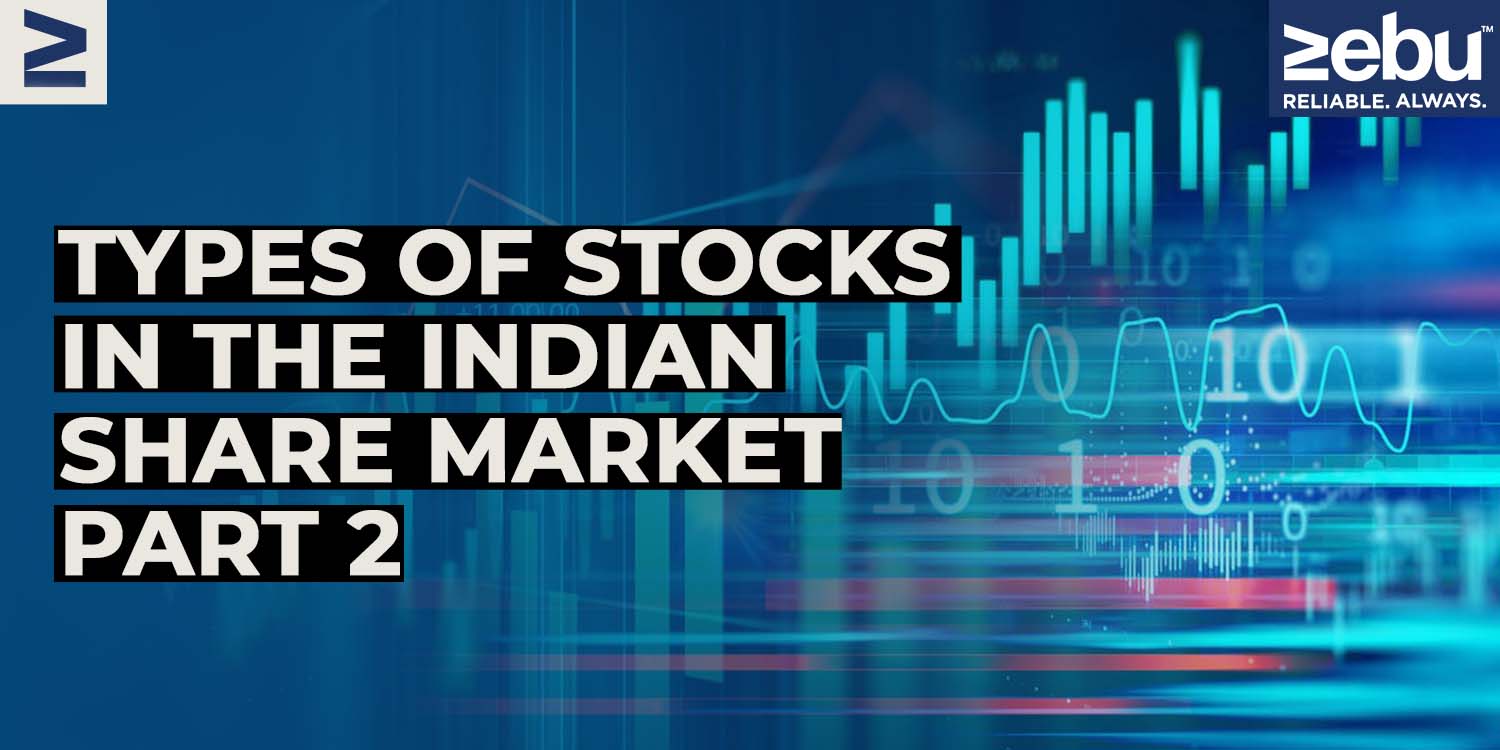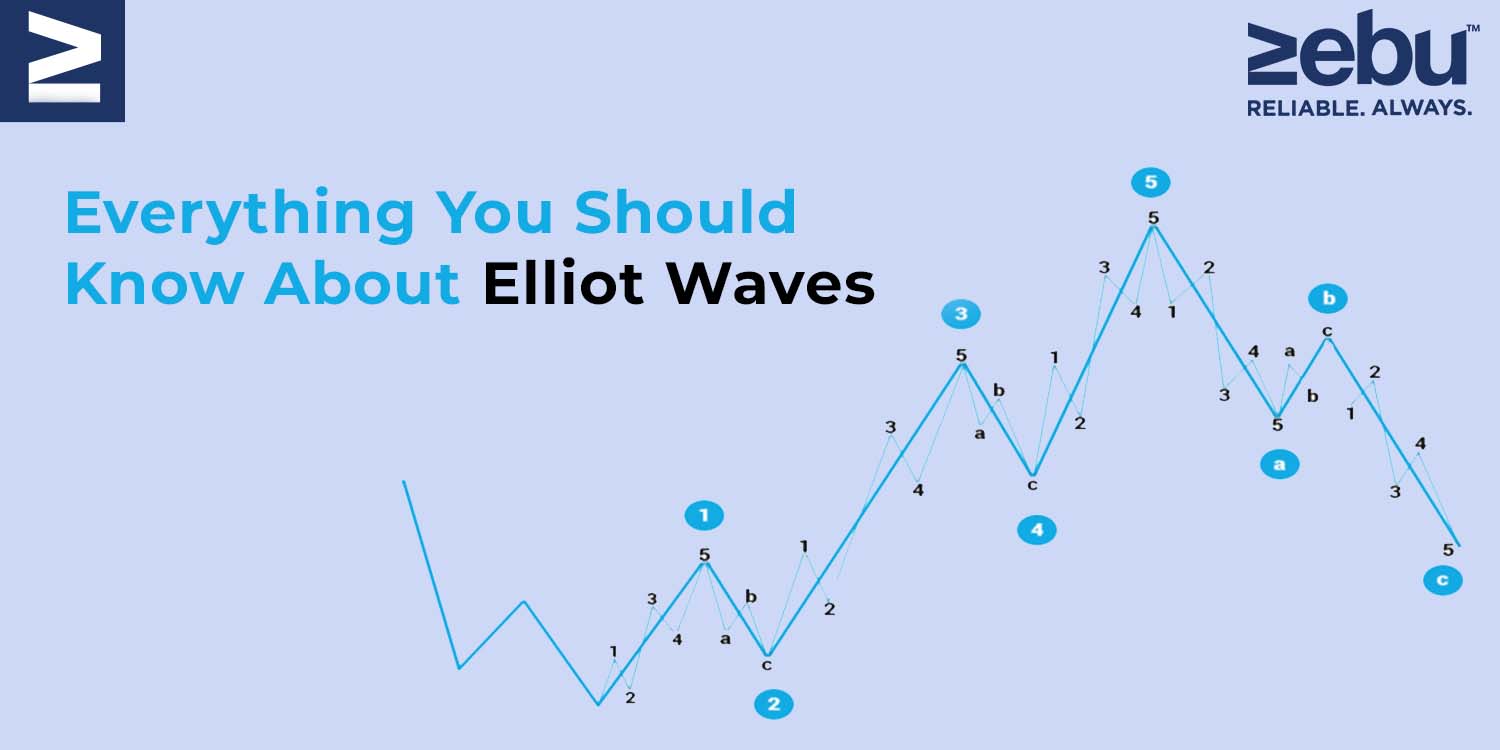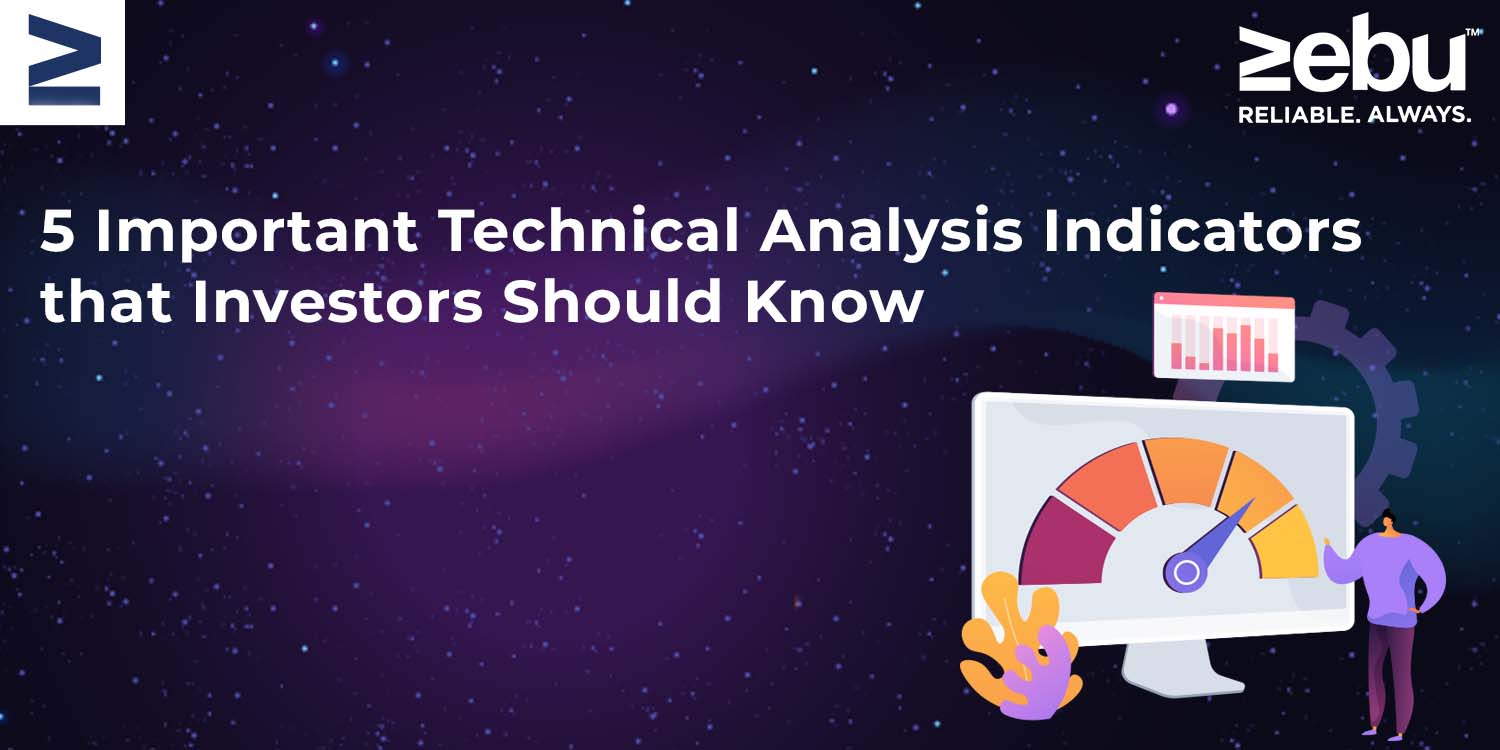
Title Page Separator Site title
A futures contract on a sectoral or market-wide index is called an index future. On the NSE, for example, you can buy futures on the Nifty, which is a market-wide index, and liquid futures on the Bank Nifty (which is a sectoral index of liquid banks). Both of these indices are very liquid, and both individual and institutional investors trade them a lot. Why have index futures in India become so popular? Why would you want to trade in index futures? Index futures trading in India grew out of stock futures trading, which was similar to the old Badla system on the BSE. In addition to looking at how to trade index futures, let’s look at how traders can actually benefit from doing so.
As one of the top brokers in the share market we understand the concerns with brokerage fees and offer lowest brokerage for intraday trading and the best trading accounts for our users.
1. You can look at the whole and avoid stock risk
Let’s say you’ve decided to buy banking stocks, but it will be hard to figure out which ones to buy. While NPAs may be a problem for PSU banks, valuations are a problem for private banks. A better idea would be to look at the whole banking industry, which will give you a natural way to diversify. You can do this by buying Bank Nifty Futures and taking part in the rise of banks. The benefit is that you can keep your position open as long as you want by rolling it over each month for a small fee of about 0.50 percent.
2. You can trade in both long and short directions
It’s fine if you’re betting that banking stocks will do well. But what if you think banks are bad? If you own banking stocks, you can sell them or sell them short on equity markets. But because Indian markets use rolling settlements, you can only short stocks for one day. The other option is to sell stock futures of certain banks, but this also comes with risks related to those banks. All of these problems can be solved by selling the index futures for Bank Nifty. If you think the Indian markets as a whole will go down, you can just sell Nifty futures.
3. The margins for trading index futures are lower
Always keep in mind that trading in futures is all about trading on margins. But the margins on indices like the Nifty and the Bank Nifty tend to be lower than the margins on individual stocks. Because an index is a group of stocks, it offers a natural way to spread out risk. This is shown by the fact that less risk is needed to take a position in index futures. This will make sure that the amount of money that is locked in is also less.
4. With index futures, you can reduce your risk
This is a very important part of how you manage your portfolio. Whether you invest on your own or through a company, you may have a large portfolio of stocks. Once the US Fed raises rates, you think the market will fall. At the same time, you are sure that the drop in your stock prices will not last long and that they will go back up in the next few months. You could just keep your portfolio, but it would be better to sell Nifty futures to spread out your risk. When the market goes down, you make money on Nifty futures, and these profits will help you lower your average cost of holding equity. After 3 months, you will definitely be better off.
5. Very liquid
There are often problems with the way certain stocks or stock futures trade. On the other hand, index futures rarely face liquidity risk because institutional investors like to use them. Because of this, the bid-ask spreads are also very small. This makes it pretty safe to trade in these index futures, since you won’t get stuck for lack of liquidity. This is one of the main reasons why trading index futures is good.
6. Index futures can help you diversify
If you have a portfolio that is mostly geared toward financial stocks and you think there is some risk because RBI is raising interest rates, so you want to add safety by investing in non-cyclical sectors like FMCG and IT. Buying these stocks is one option, but it will cost money and lock up funds if the opportunity is only for a short time. A better way is to add index futures for the FMCG index and the IT index to your portfolio. This will help you diversify your portfolio’s structure with little risk and money.
7. It costs much less to trade index futures.
Index futures have much lower commission rates and STT rates than equities or even stock futures. In fact, most brokers will also offer you fixed brokerage packages on indices, which makes them cheaper than stock futures as well. Make the most of the fact that index futures cost less. This is why index futures are a great way to trade with less risk and a higher chance of making money.
As we mentioned earlier as one of the top brokers in the share market we understand the concerns with brokerage fees and offer lowest brokerage for intraday trading and the best trading accounts for our users.








